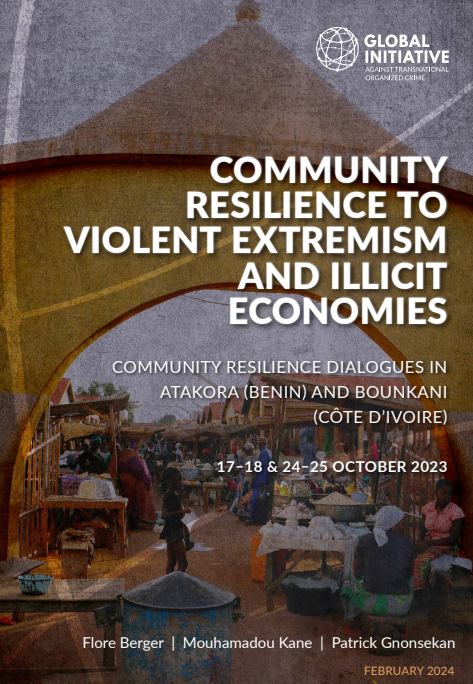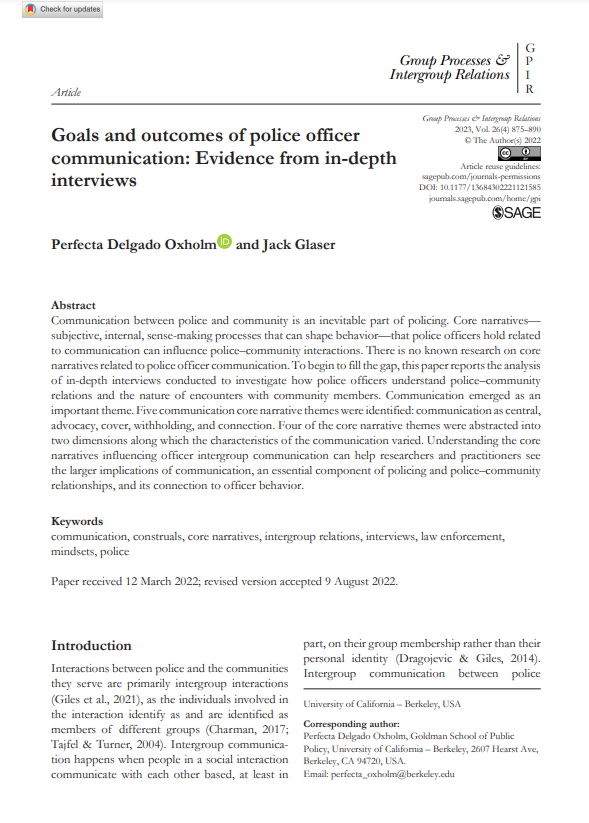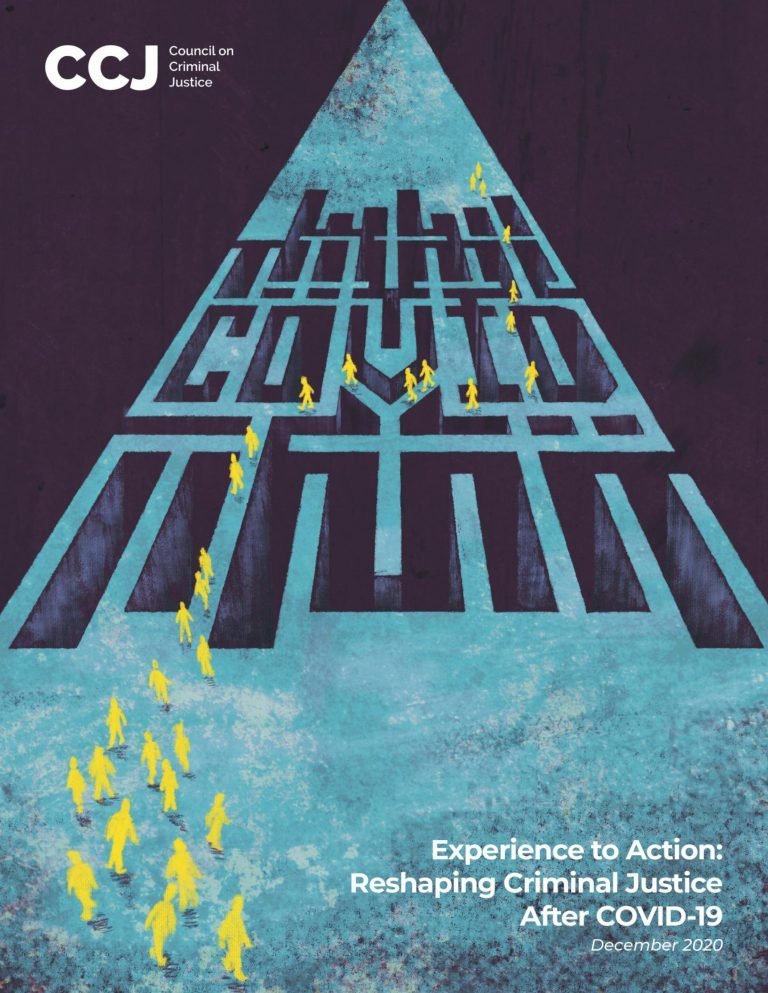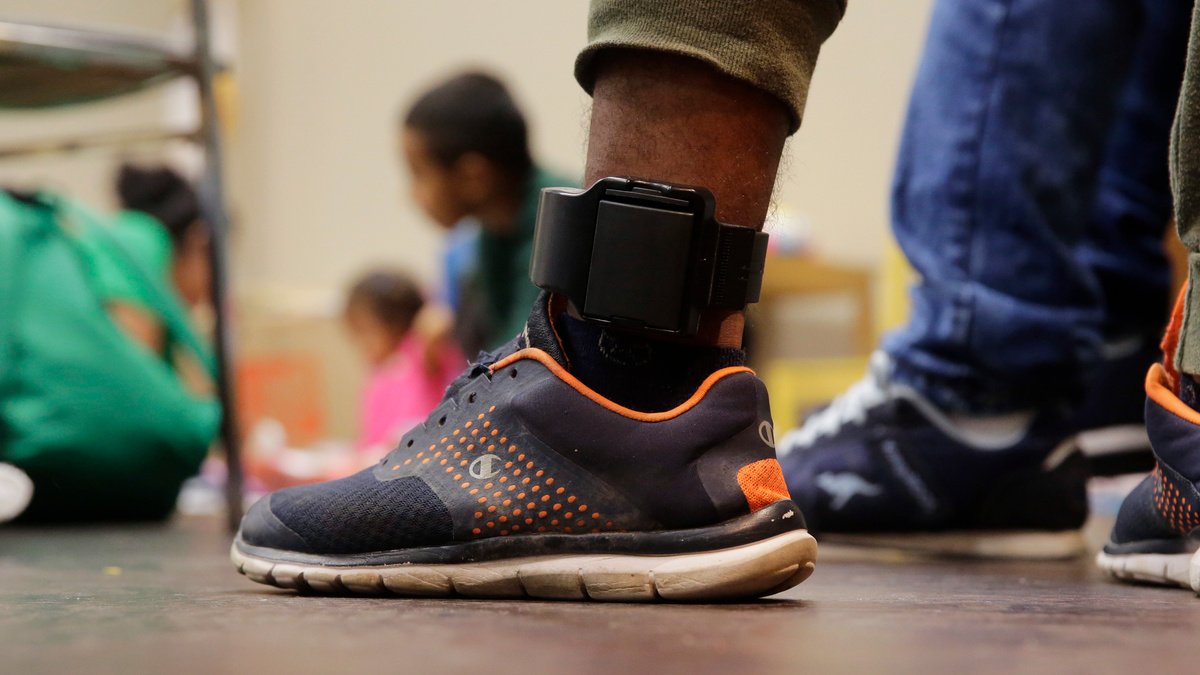By Flore Berger, Patrick Gnonsekan and Mouhamadou Kane
Since 2019 and 2020 respectively, the northern parts of Benin and Côte d’Ivoire have been facing growing security challenges posed by the expansion of violent extremist groups. Besides this infiltration, the new dynamics of conflict in these border areas – adjacent to nature reserves and providing a link between coastal regions and the Sahel – do not occur in a security vacuum. They occur in an already well-developed illicit environment, with its own realities in terms of actors and supply chains and their impact on communities. Research by the Global Initiative Against Transnational Organized Crime (GI-TOC) in the subregion – notably through a mapping exercise on illicit economies1 and specific reports on north-eastern Côte d’Ivoire and the tri-border area between Benin, Niger and Burkina Faso2 – has highlighted the complex but undeniable crossovers between illicit economies and conflict. Illicit economies, while not generally catalysts of conflict, play a key role in creating an environment conducive to the emergence of conflict, the maintenance of conflict and the obstruction of efforts to resolve conflict. This statement needs to be nuanced, however, because although illicit economies can fuel and sustain conflict, they can also be sources of income and resilience. GI-TOC research has also shown the strategic importance of nature reserves in the expansion of armed groups.3 In these areas, illicit economies contribute to the territorial expansion of armed groups through funding and resources. They are also entry points for armed groups to impose an alternative system of governance for local populations and even gain legitimacy within these communities. North-eastern Côte d’Ivoire and northern Benin, which border nature reserves such as the Comoé National Park and the W-Arly-Pendjari complex, respectively, are therefore pivotal regions for armed groups from Sahelian countries to expand their influence to coastal West African countries. Although state responses have had some positive effects – for example, north-eastern Côte d’Ivoire has not seen an attack since 2021 – some elements of the response, mainly based on military and security operations, have had the opposite effect. In particular, the widespread stigmatization of the Fulani community has exacerbated grievances and fuelled tensions between different communities. State initiatives alone will not produce the expected results and must be supplemented by a community-based approach. In particular, the aim is to strengthen the resilience of communities faced with links between illicit economies and instability. To achieve a unified understanding of the problem and collective mobilization to tackle it, a holistic and sustainable peace-building strategy, aimed at breaking the link between illicit flows and instability, must complement state efforts with regional networks of individuals and organizations. There is no miracle solution to the twin challenges of crime and conflict, but two things are clear: first, interventions have little hope of success if they are not based on solid evidence; and second, state-centred programmes alone are not sufficient to enhance stability in West Africa. States’ resilience to organized crime is relatively well understood, and measurement methods have been developed, including the ENACT Organized Crime Index Africa and the GI-TOC’s Global Organized Crime Index. However, there are still gaps in our understanding of communities’ capacity for resilience when faced with the destabilizing effects of illicit economies, as well as what constitutes this resilience and why some communities are more resilient than others.
Geneva: Global Initiative Against Transnational Organized Crime. 2024. 40p.





















